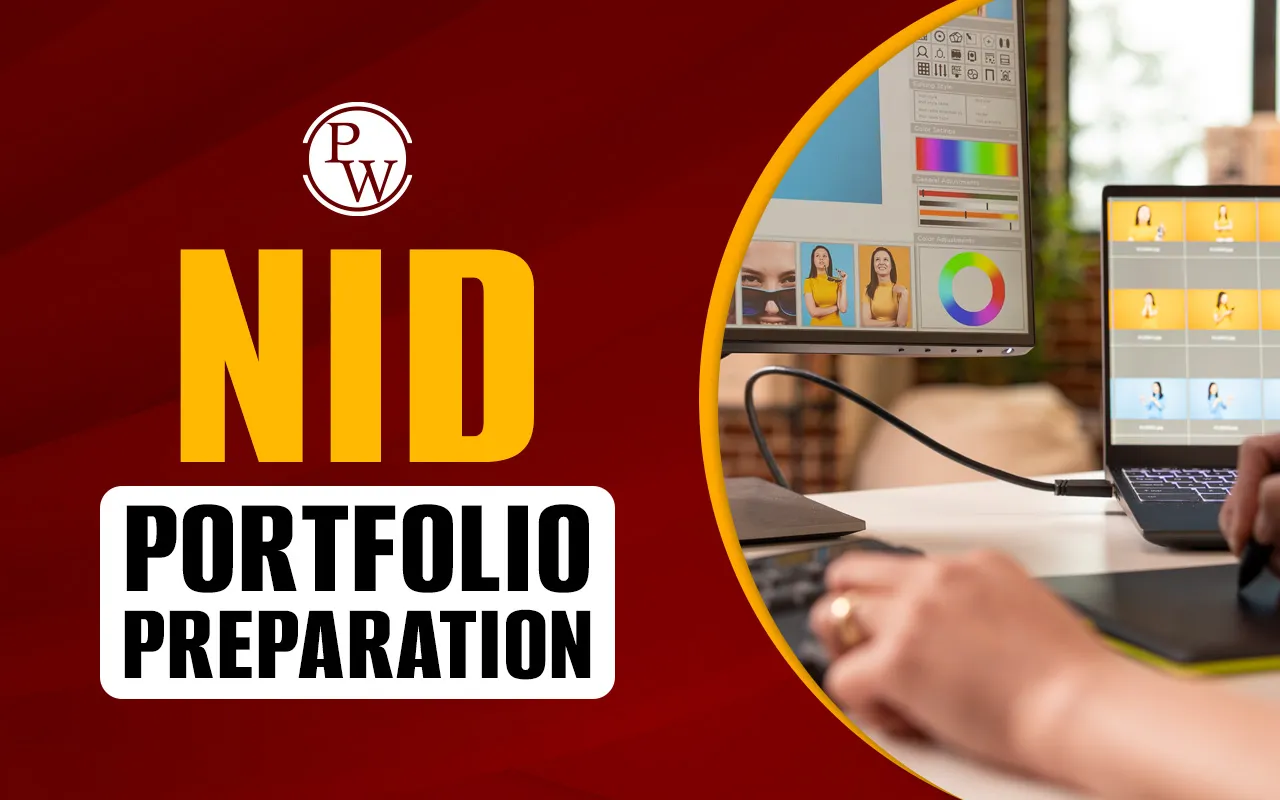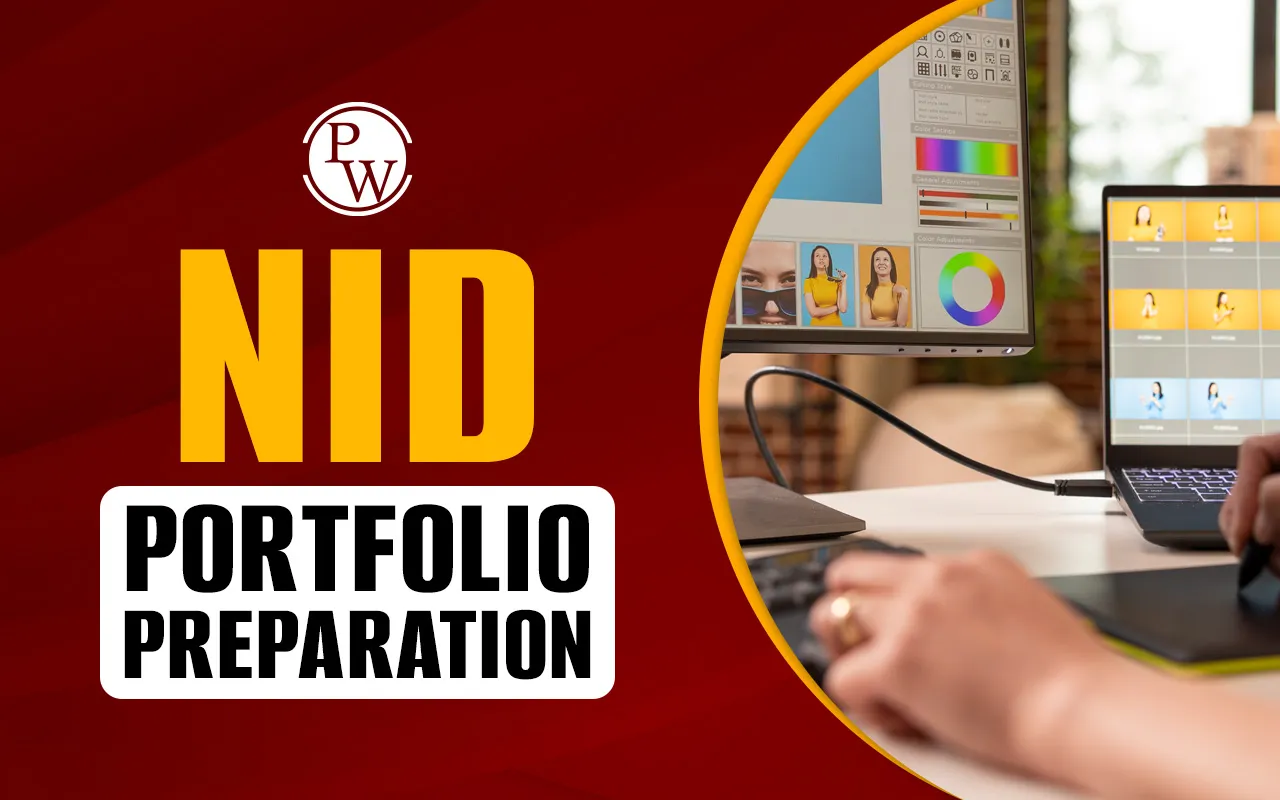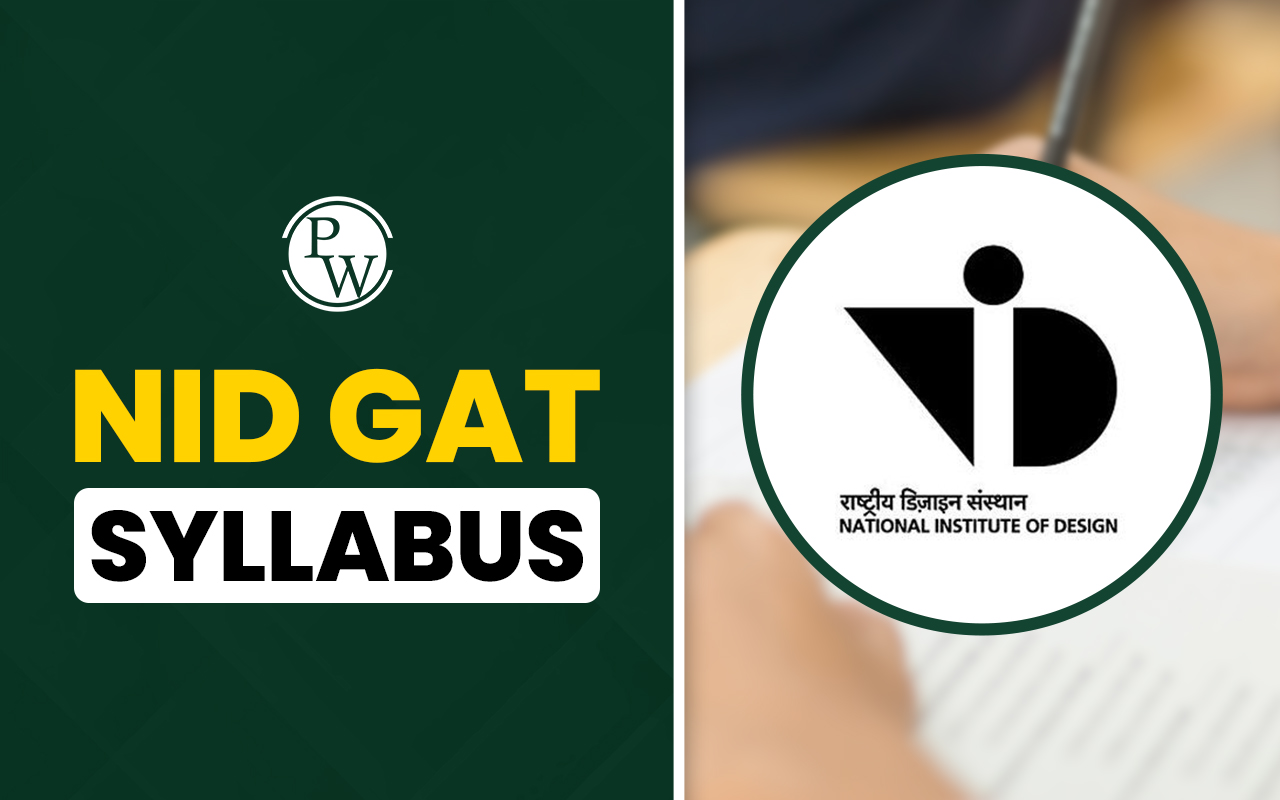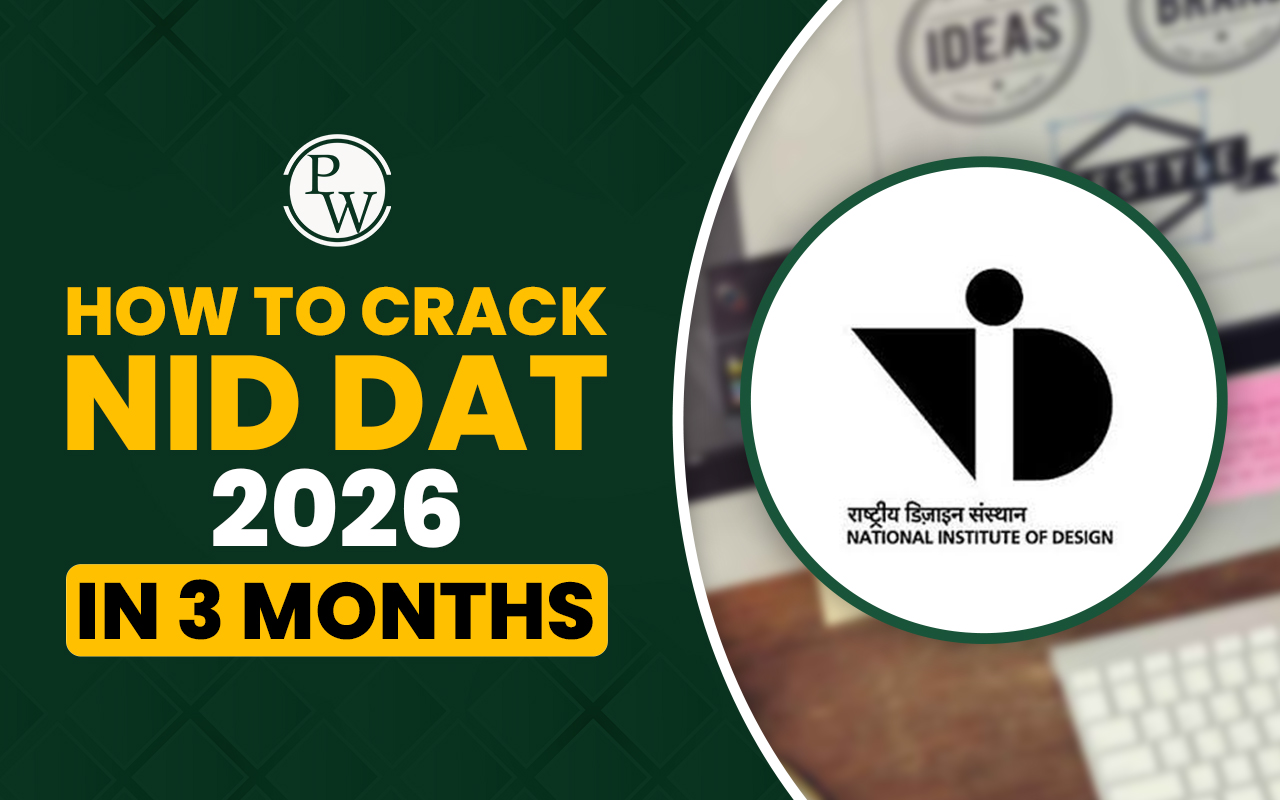

NID Portfolio Preparation is the art of designing an appropriately considered assembly of a candidate's best creative work presented to demonstrate their artistic skill, design thinking, and creativity for entrance into the National Institute of Design (NID). Portfolios include a range of project types: sketches, illustrations, 3D models, digital, and personal projects that assess the candidate's creative thought process and ability to solve design problems. An impressive portfolio displays passion, commitment, individual style, and enhancement in design ability. NID Portfolio Preparation is essential to the admission process because it can give the admissions/selection committee the opportunity to evaluate the candidate's admission potential beyond their entrance exam score by demonstrating the candidate's creativity, technical ability, and use of visual communication.
NID Portfolio Preparation Overview
NID portfolio preparation plays a crucial role in the Mains stage to showcase creativity and design skills. NID entrance exam is conducted in two stages: Prelims (a written test evaluating design aptitude) and Mains (studio test, portfolio review, and interview).
| NID Portfolio Preparation Overview | |
| Particulars | Details |
| Institute Name | National Institute of Design (NID), Ahmedabad |
| Courses Offered | B.Des, M.Des, Ph.D. |
| Seat Intake | B.Des: 128 SeatsM.Des: 126 Seats |
| Admission Criteria | Entrance-Based |
| Entrance Exams | B.Des & M.Des: NID DAT (Design Aptitude Test)Ph.D: NID DRT (Design Research Test) |
| Application Mode | Online |
| Application Fees | General/ EWS/ OBC: INR 3,000SC/ ST/PwD: INR 1,500 |
| Admission Website | admissions.nid.edu |
What is NID Portfolio?
NID portfolio is a curated collection of a candidate’s best and most recent creative works art, sketches, photographs, design experiments, and personal projects. The goal is to highlight individual talent, versatility, and ability to solve design problems. Unlike some academic portfolios, there is no strict format for NID; the work included should represent the applicant’s personality, interests, skills, and potential for growth as a designer.
-
Portfolios typically include observational drawings, digital or hand-rendered art, photography, and other hands-on creative explorations.
-
They tell the story of the applicant’s journey, showing progression, ideas, and willingness to experiment.
-
Originality and authenticity are highly valued your own creations and explorations speak more than imitating popular works.
NID Portfolio Preparation Strategy
NID portfolio preparation requires self-assessment, and introduction. selection of works and presenting these in a logical manner. The details are given below:
Self-Assessment and Research:
Start by identifying the personal interests, research strengths, and style. Research the exact prerequisites of the NID course you are seeking admission to; not all disciplines are comparable.
-
Collect earlier paintings, term papers, drawings, and online projects.
-
Determine which ones are the closest to your present interests and preferred NID specialization.
Selecting Works:
Select 10 to 15 works that span the range of skills and media. Give first attention to those which are produced out of immediate observation- life sketches, still life, landscapes, portraits, and perspective drawings are all suggested.
-
Engage in personal projects and experiments in other styles or media.
-
Present the tour: begin with preliminary drawings or ideas, show work-in-progress, and finally present final outcomes.
-
There is no reason to shy away from poetry, photography, or multimedia as long as it is pertinent to your creative perspective.
Organization and Presentation:
Arrange works in a logical order to narrate a visual story- starting off with your best works and ending with salient works. Each item must have a short description: say why you included it or what you learnt during the process.
-
Use a single-level layout, be professional, and use plenty of white space.
-
Take into account digital and offline portfolios: a digital one can be used when conducting an online interview and as a backup.
-
Exercising the explanation of your decisions. Have ready a discussion of difficulties, inspirations, and lessons learned about each piece.
-
It is better to avoid replicated artworks and class assignments that all people submit; original ideas are more valuable.
-
Keep updated on your portfolio contents by frequently changing outdated or less pertinent works as you improve.
-
Check with mentors or teachers, or other NID alumni, before submitting the portfolio.
NID Portfolio Requirements
Every year, NID can give slightly different requirements, which is why always look at the new instructions.
General requirements:
-
In the case of undergraduate admissions, provide 10-15 digital images of your finest works.
-
Be very diverse--observational drawings, own creative and design projects.
-
Add a table of contents and easy to read titles/captions.
Key requirements:
-
Originality- do not plagiarize and go with your own work.
-
Diversity - show skill in using various materials, styles, and subjects.
-
Technical skills- exhibit drawing, conceptualizing, the process of designing, and implementing.
-
Presentation-keep it tidy and clear.
-
Focus--related projects in your specialization of design (e.g., product design, communication design, textile, etc.).
NID Portfolio Examples
The portfolio of NID can be displayed by various types of designs and personal preferences. This is what commonly appears in winning submissions:
-
Observational sketches, some of which are everyday objects, people, and landscapes, based on real life.
-
Thematic projects- design solutions to a given problem with demonstration of research and creative process.
-
Personality, voice- Poetry, storytelling, photography, or artwork based on personal experience.
-
Experiments: work with different media: paints, digital tools, sculpture, animation, or installations.
-
Documentation--in case you have done any public art, installations, or competitions, have them well documented with good photos and brief descriptions.
NID Portfolio Preparation FAQs
What are the things I should not do in my NID portfolio?
What is the number of pieces that would fit in my portfolio?
Which is the best: digital or physical portfolio?
Is it possible to feature non-art and non-design works?













